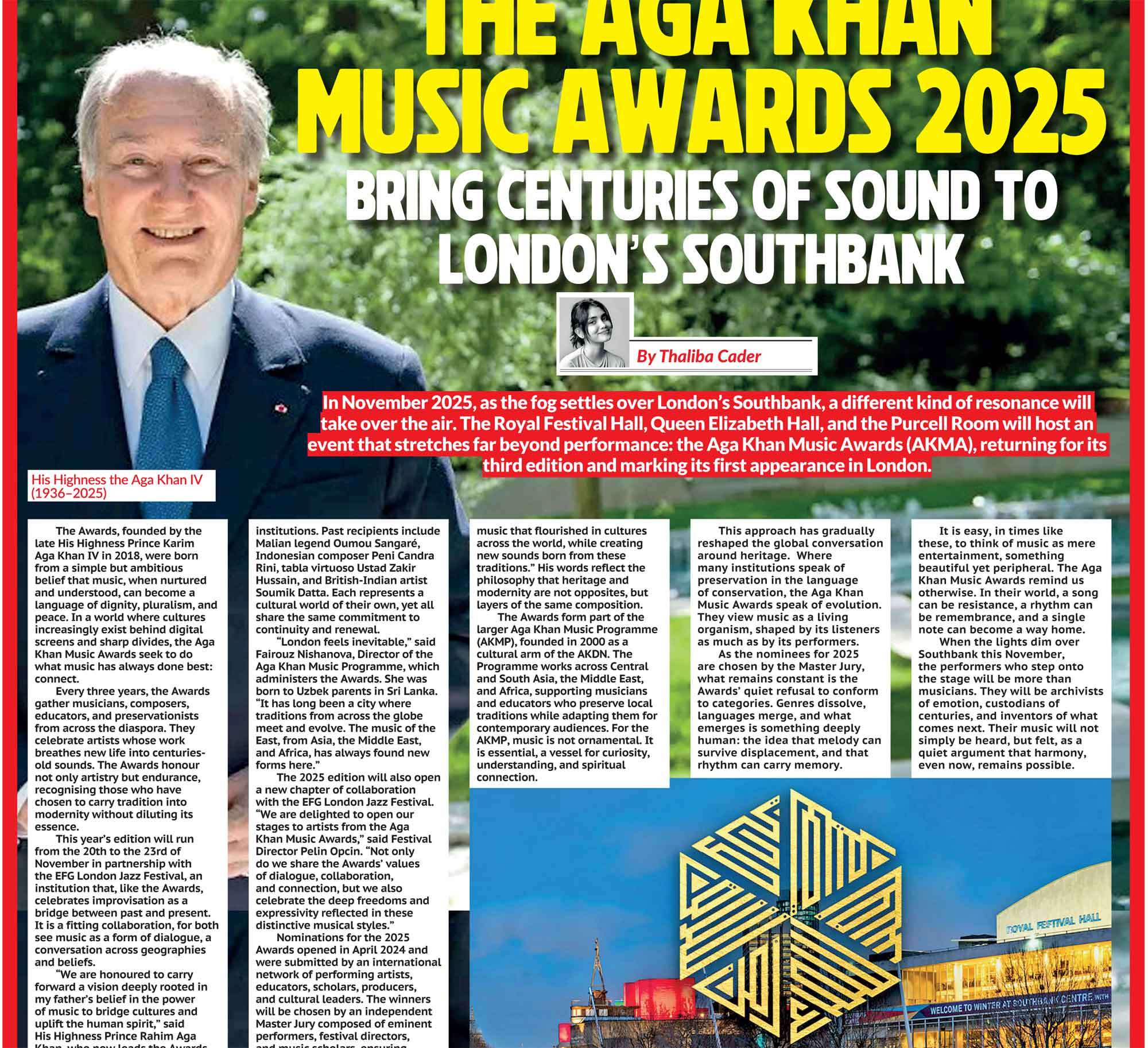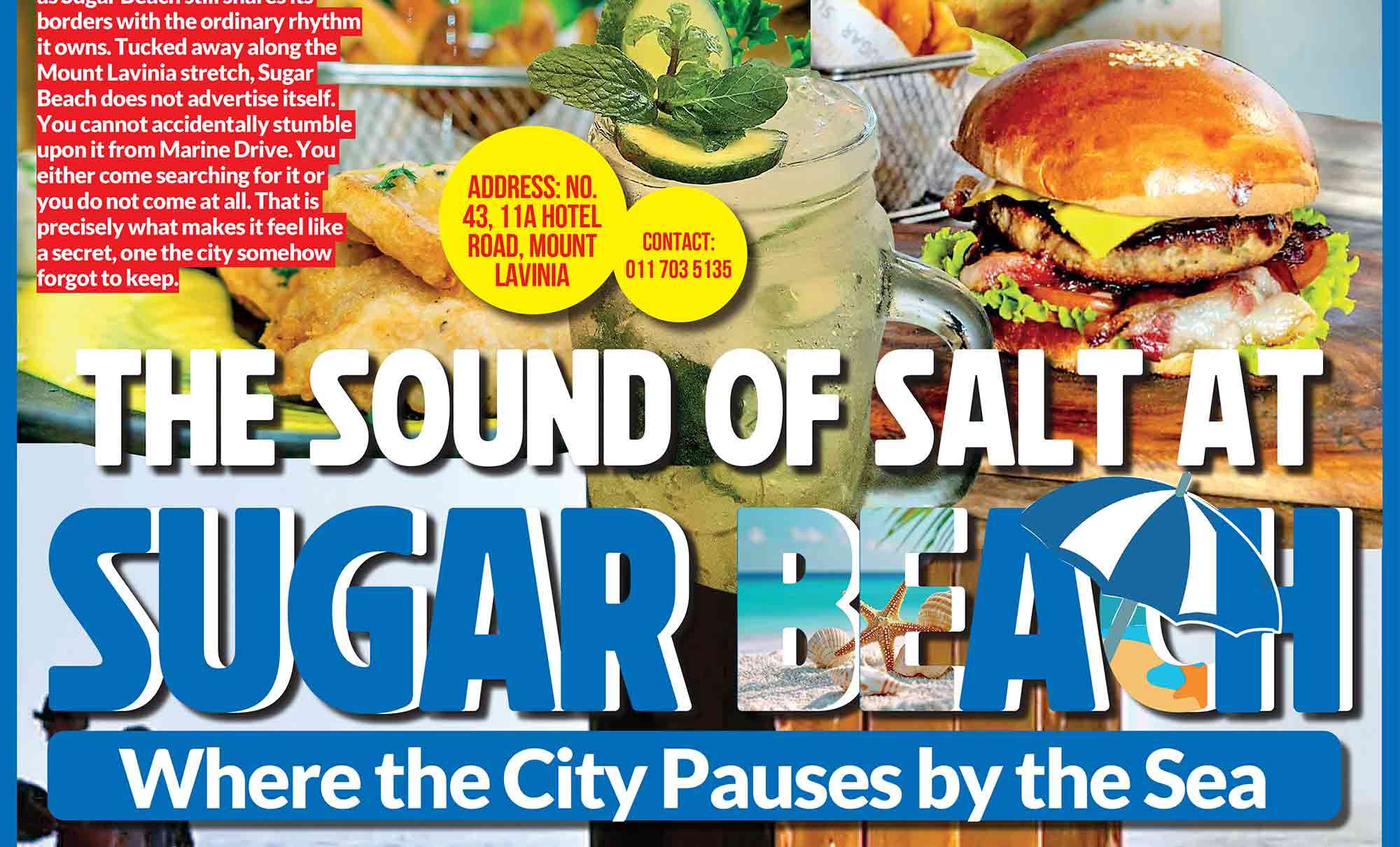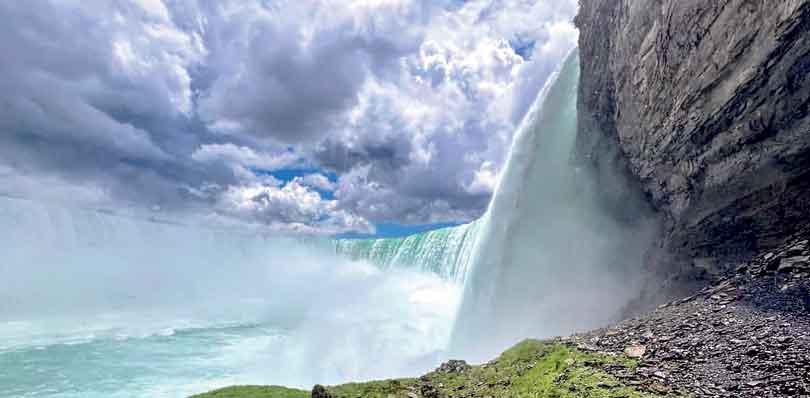
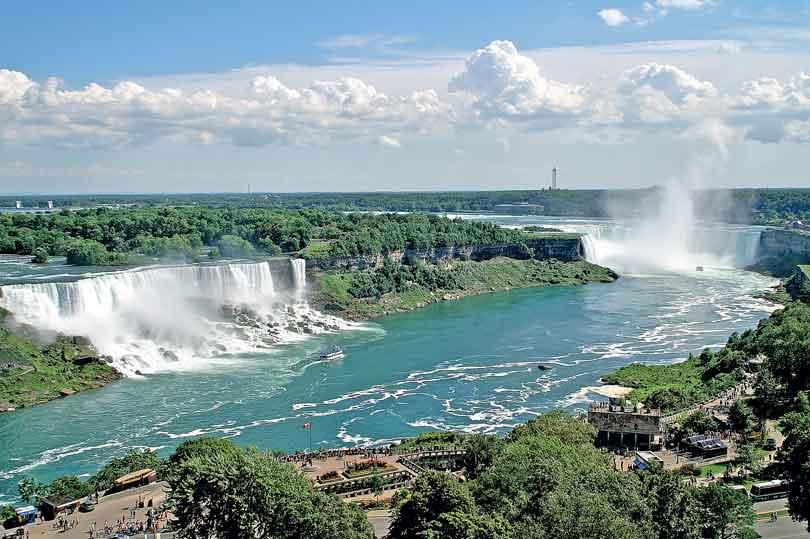
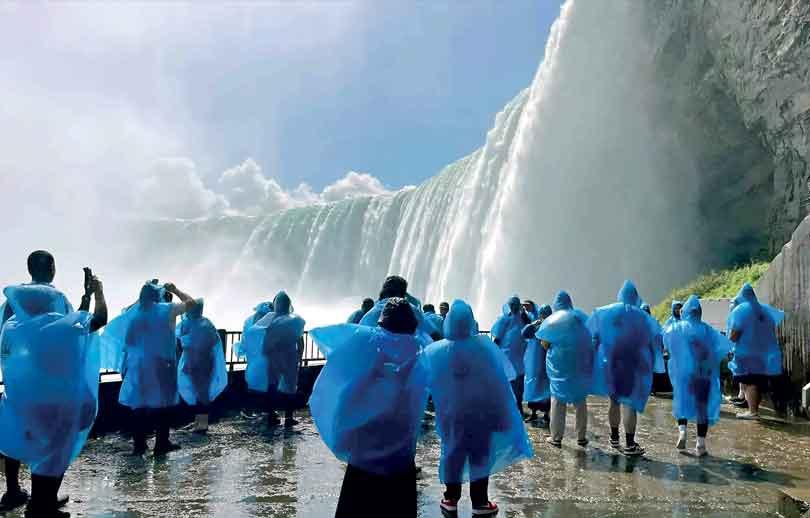
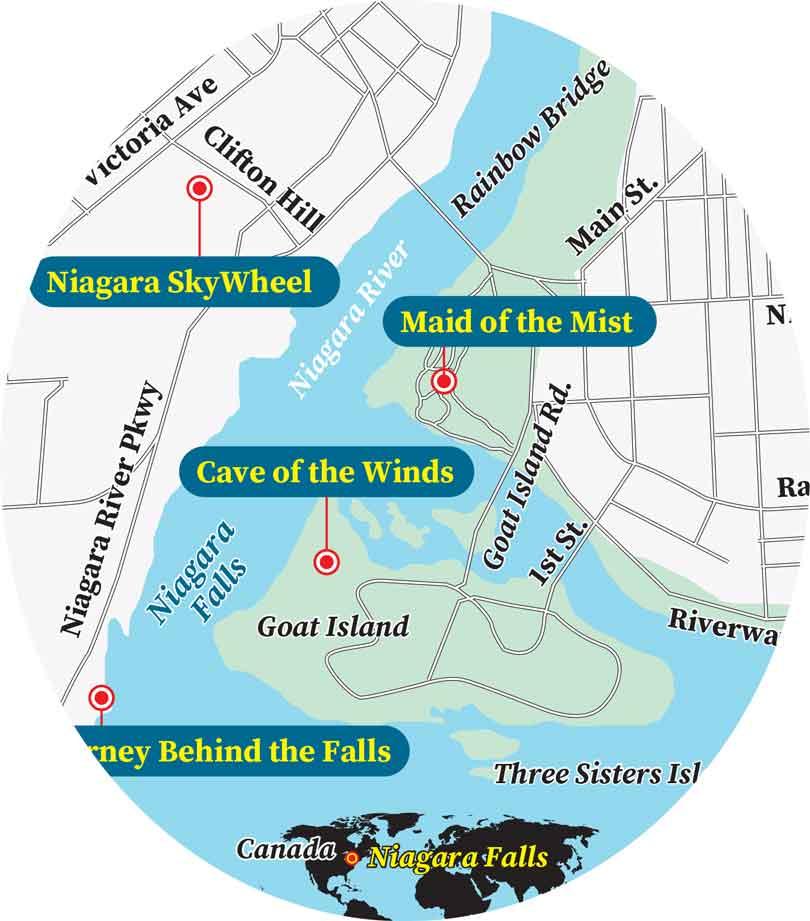
 It starts as a distant rumble, low and steady, almost like a whisper from deep within the Earth. As you draw closer, the sound swells growing into a roar so powerful that it vibrates through your chest. Then you see it: millions of gallons of water plunging over a cliff with unrelenting force, creating mist that dances in the sunlight and rainbows that stretch across the sky. This is Niagara Falls a place so mighty, so magical, it leaves even the most seasoned travelers in awe.
It starts as a distant rumble, low and steady, almost like a whisper from deep within the Earth. As you draw closer, the sound swells growing into a roar so powerful that it vibrates through your chest. Then you see it: millions of gallons of water plunging over a cliff with unrelenting force, creating mist that dances in the sunlight and rainbows that stretch across the sky. This is Niagara Falls a place so mighty, so magical, it leaves even the most seasoned travelers in awe.
Whether you’re a first-time visitor or someone returning to feel its energy once more, Niagara Falls is never quite the same experience twice. It’s not just a waterfall, it’s a phenomenon, a place where nature shows off with grandeur, elegance, and a touch of wild drama.
Niagara Falls isn’t a single waterfall it’s actually a trio: Horseshoe Falls, American Falls, and Bridal Veil Falls. Together, they form the most powerful waterfall system in North America.
- Horseshoe Falls, named for its curved shape, is the largest and most famous, straddling the border between Ontario, Canada, and New York, USA.
- American Falls and Bridal Veil Falls lie entirely on the U.S. side, each with its own character and beauty.
Every second, over 3,160 tons of water flow over the falls. That’s about 681,000 gallons per second! It’s this raw power that has captivated travelers, daredevils, and dreamers for centuries.
Long before the souvenir shops and the neon lights, Niagara Falls was a sacred place for Indigenous peoples such as the Ongiaras and Seneca Nation. The name “Niagara” is believed to have come from the Iroquoian word Onguiaahra, meaning “the strait.”
The falls were formed nearly 12,000 years ago at the end of the last Ice Age. As glaciers melted, they carved out the Great Lakes and pushed water toward the Niagara River. Over millennia, erosion slowly pushed the falls back upriver, creating the spectacular cliffs we see today.
In the 19th century, Niagara became a honeymoon capital, a reputation it still holds. Back then, couples would arrive by train, drawn to the romance of the mist and the roar of the falls. Today, it’s a mix of lovers, thrill-seekers, families, and photographers from every corner of the globe.
Niagara Falls doesn’t just attract tourists; it has a history of attracting people who wanted to conquer it.
In 1901, a 63-year-old schoolteacher named Annie Edson Taylor became the first person to survive a trip over the falls in a barrel. She hoped the stunt would bring her fame and fortune. (Spoiler: it didn’t.)
Since then, a parade of daredevils has attempted similar feats, some successful, others fatal. In 2012, Nik Wallenda, a tightrope walker from the famous Wallenda family, crossed the falls on a high wire. He didn’t fall but millions of viewers watching live certainly held their breath.
Despite the myths and the madness, what draws people to Niagara isn't dangerous, it’s wonder.
You don’t just visit Niagara Falls, you feel it. Here are some of the best ways to experience it up close:
Maid of the Mist (USA) / Hornblower Niagara Cruises (Canada)
No trip is complete without boarding one of these iconic boat tours. As you edge closer to Horseshoe Falls, the mist drenches your poncho, and the thunder of the water becomes deafening. It’s chaotic, humbling, and unforgettable.
Journey Behind the Falls
On the Canadian side, you can descend into tunnels carved behind Horseshoe Falls and stand right next to the cascade. The sheer weight of the water tumbling past is enough to make your knees wobble.
Cave of the Winds
This U.S. attraction lets you walk along wooden platforms just a few feet from Bridal Veil Falls. The Hurricane Deck lives up to its name and the winds can reach up to 68 mph, and the splash is everywhere. It’s nature’s shower with a view.
Niagara SkyWheel and Skylon Tower
For a bird’s-eye view, take a ride on the SkyWheel or dine at the Skylon Tower’s revolving restaurant. Seeing the falls lit up at night from above? Pure magic.
Niagara Falls is unique because two cities share it: Niagara Falls, Ontario (Canada) and Niagara Falls, New York (USA). Each offers a distinct flavor.
- The Canadian side is known for its stunning panoramic views, high-rise hotels, casinos, and attractions like Clifton Hill an entertainment strip bursting with arcades, wax museums, and mini-golf.
- The American side offers a more natural experience with scenic walking trails, parks, and the historic Niagara Falls State Park, designed by famed landscape architect Frederick Law Olmsted (who also designed New York’s Central Park).
Can’t decide which side to visit? Here’s the trick: visit both. A pedestrian bridge, the Rainbow Bridge, connects the two, and the views from each side are worth the crossing.
As the sun sets, the falls don’t sleep. They light up in vibrant colors, changing hues throughout the evening. Depending on the time of year, you might even catch fireworks bursting over the mist. It's a spectacular ending to a day filled with natural wonder.
Nighttime at Niagara is a different kind of energy. The roar is softer, the crowds thin, and the mist glows under the lights like something out of a dream. It’s no wonder poets, painters, and lovers have drawn inspiration here for centuries.
There’s more to the Niagara region than its thunderous centerpiece:
- Niagara-on-the-Lake: A picturesque town just 30 minutes from the falls, known for its vineyards, colonial architecture, and boutique charm. It’s also home to the famous Shaw Festival, a celebration of theater and the arts.
- The Niagara Wine Trail: With over 80 wineries in the region, you can sip ice wine and chardonnay while enjoying vineyard views.
- Old Fort Niagara: On the U.S. side, history buffs can explore this 18th-century military fortress that has stood guard over the river for centuries.
Niagara Falls isn’t just a tourist spot it’s a living symbol of conservation. In the early 1900s, industrialists wanted to harness the river for hydroelectric power. Thankfully, public outcry led to the creation of preservation zones and parks, setting an early example for environmental protection.
Today, Niagara is a model of sustainable tourism, with careful management of both natural resources and tourist access. It’s a rare place where humanity and nature seem to have struck a fragile, but beautiful, balance.
To describe Niagara Falls as just a waterfall is like calling the Grand Canyon a hole in the ground. It’s a place where power meets poetry, where the Earth reminds us of its force and its beauty. It’s a sensory overload, a place where sound, sight, and spirit collide in spectacular fashion.
So, whether you're visiting for the first time or the fifth, Niagara Falls will take your breath away. Not because it’s loud or flashy (though it can be), but because it’s timeless. Because no matter how fast the world moves, the falls keep flowing forever roaring, forever magnificent.








